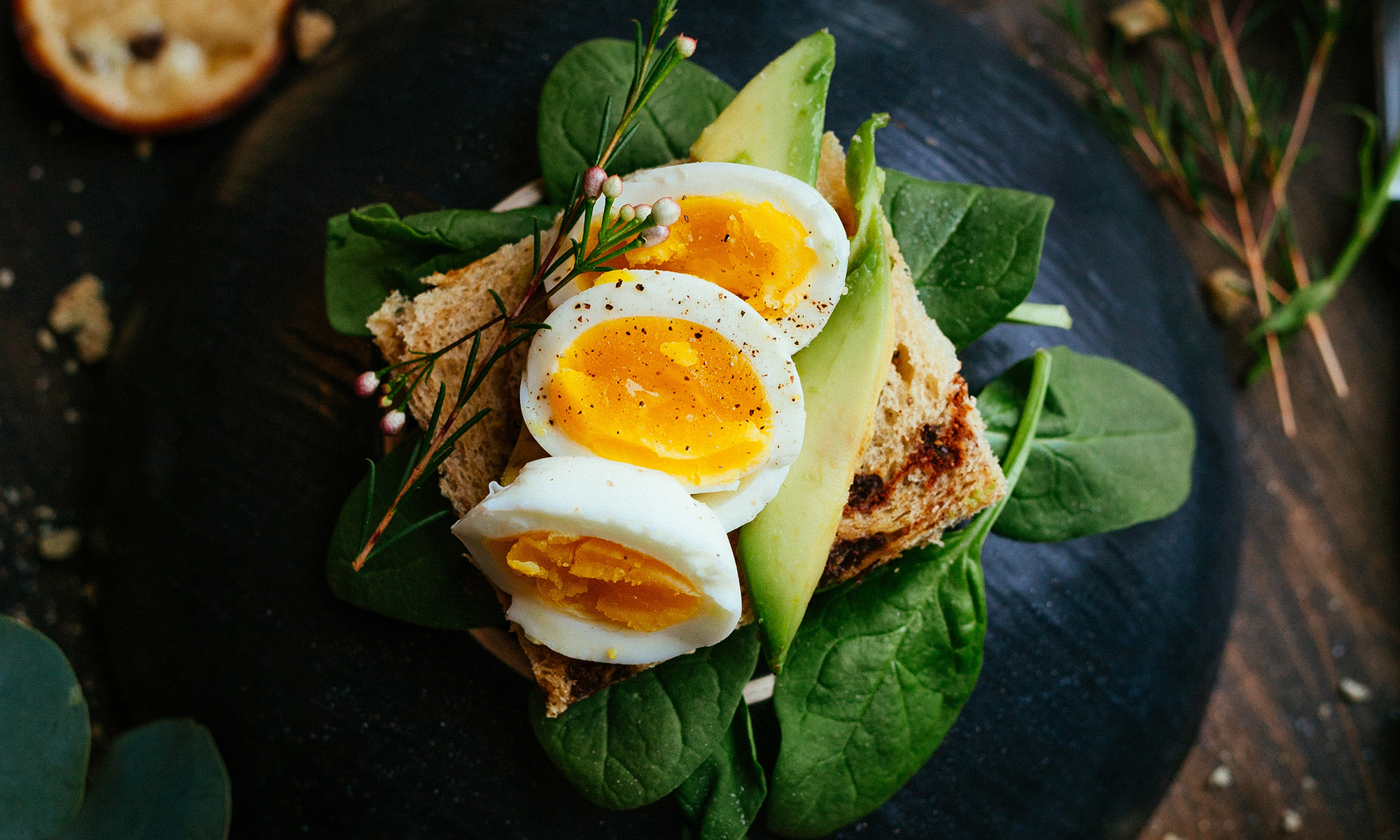In the back corner of the produce section, there’s a cooler filled with convenience products – sliced pepper medley, peeled and cubed butternut squash, shredded cabbage and washed salad blends. I shudder everytime I walk past it… it’s really not that hard to cut a pepper, or even peel a butternut squash. Last week, I walked back to the main produce aisle, grabbed a small red cabbage and tossed it into my cart.
When I got home, I started shredding the cabbage for an Asian slaw. After cutting up half, I realized I had more than enough for the 3 people I was cooking for, with ample leftovers. I wrapped up the second half and now will plan to make braised red cabbage later in the week.
After three days of eating cabbage slaw, I had my fill. The first night, I ate it with the char. The second two days, I served it with Claypot Chicken. Sadly, the remainder went into the compost bin. Suddenly, the value of pre-chopped cabbage became more appealing. I can purchase a more manageable quantity. Perhaps I pay a little more, but there’s comfort in not wasting.
Which is the lesser evil? Wasting food or purchasing pre-cut veggies? Or should I not make cabbage unless I’m serving a crowd?
What would you have done?
Asian Red Cabbage Slaw
serves at least 6
½ red cabbage
6 scallions
2 tbs. canola oil
1 tbs. sesame oil
¼ cup sliced almonds
¼ cup raw sesame seeds
1 tbs. sugar
1 tsp. salt
2 -3 tbs. rice vinegar
1. Cut the core out of the cabbage and slice as thinly as possible
2. Julienne the scallions. Put in a mix bowl with the cabbage.
3. Heat the oils in a skillet over medium heat. Add the almonds and sesame seeds. Cook, stirring frequently until the nuts begin to brown. Immediately pour over the cabbage.
4. To the cabbage add the sugar, salt and vinegar. Mix well. Let sit for 10 minutes so the flavors can meld.









